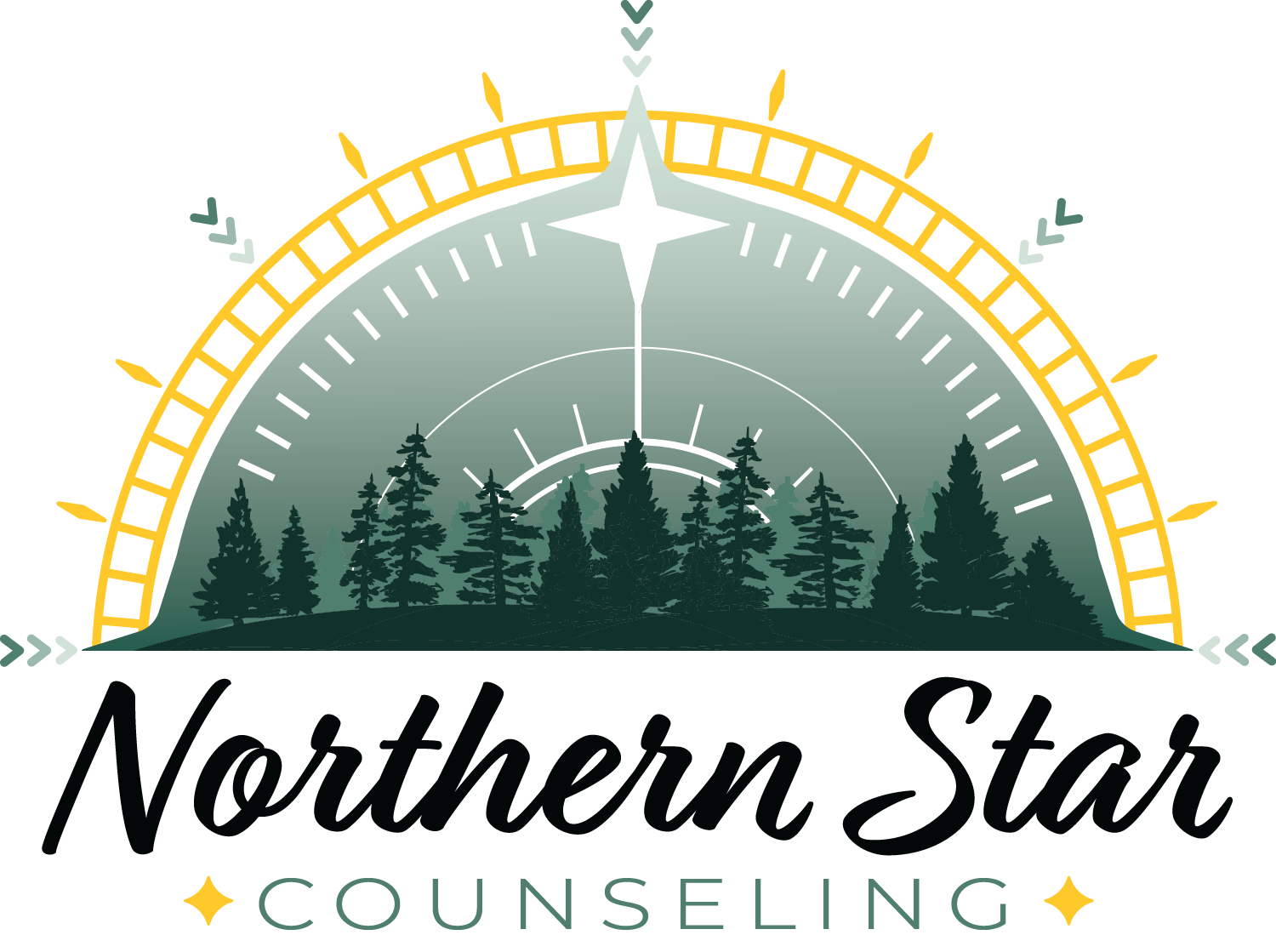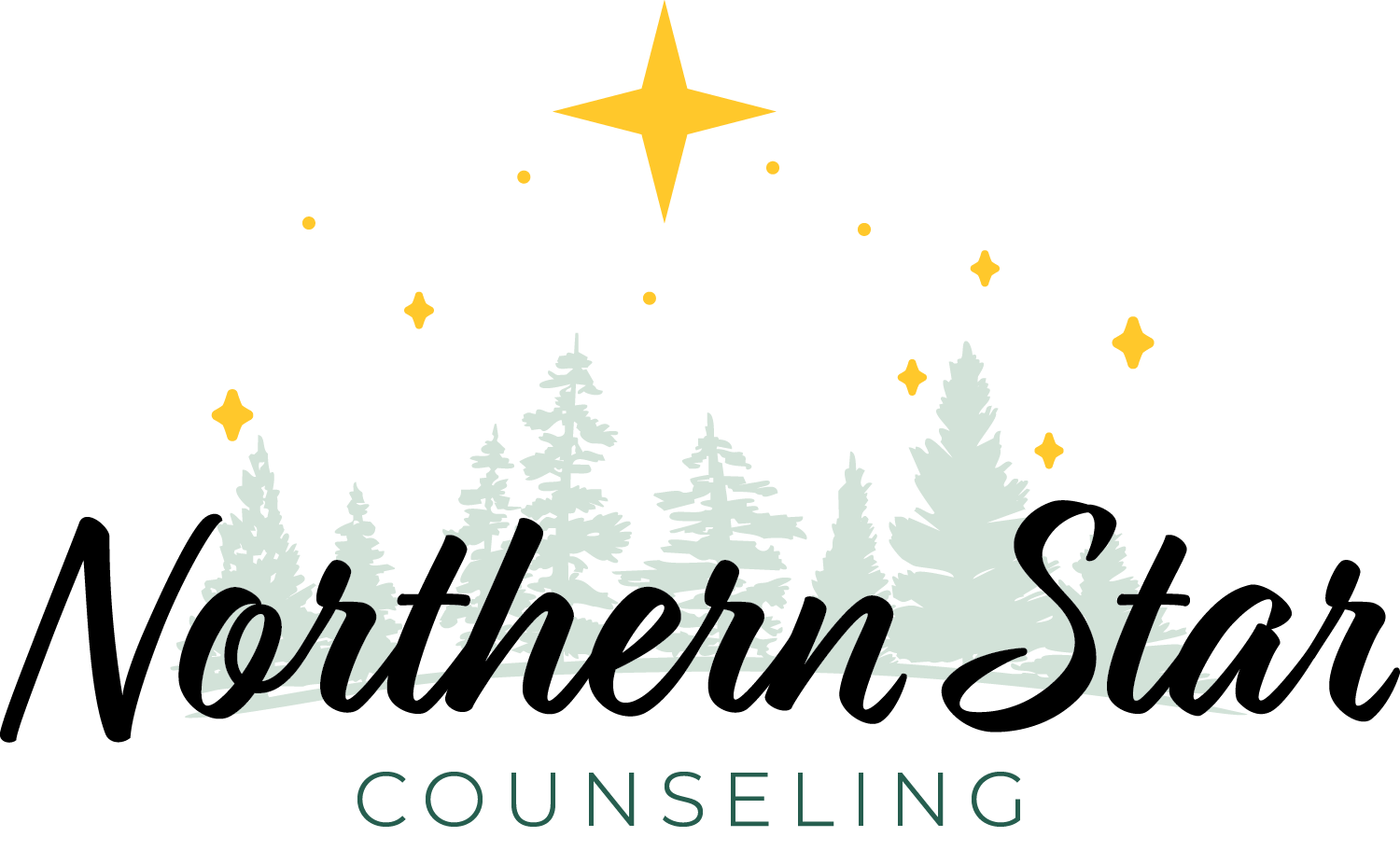Navigating Through the Fog of Burnout: Understanding, Prevention, and Recovery
In today's fast-paced world, where the hustle culture often glorifies overworking, burnout has emerged as a silent epidemic. It's a state of emotional, physical, and mental exhaustion caused by prolonged stress or frustration, particularly in the workplace. Burnout dims your spark, leaving you feeling empty, incapable, and devoid of motivation. However, by understanding its signs, causes, and solutions, we can navigate through the fog of burnout towards a healthier, more balanced life.
Understanding Burnout
Burnout goes beyond the occasional day of feeling tired or overwhelmed. It's characterized by chronic stress that leads to:
Emotional exhaustion: Feeling drained, unable to cope, and tired all the time.
Depersonalization: Developing a cynical attitude towards your job and the people you work with or serve.
Reduced personal accomplishment: Feeling ineffective, and struggling to find value in your work.
The World Health Organization (WHO) recognizes burnout as an occupational phenomenon, highlighting its relevance and impact on global workforce health.
Recognizing the Warning Signs
Early recognition of burnout is crucial. Signs include:
Persistent fatigue and insomnia
Increased irritability or impatience
Lack of concentration
Physical symptoms like headaches or stomachaches
Escaping through unhealthy coping mechanisms (e.g., excessive drinking, overeating)
The Causes Behind the Curtain
Understanding what leads to burnout is key to prevention. Common causes include:
Lack of control: Inability to influence decisions that affect your job.
Unclear job expectations: Not knowing the extent of your authority or what your supervisor expects from you.
Dysfunctional workplace dynamics: Being undermined by colleagues or dealing with office politics.
Extremes of activity: Monotonous or chaotic tasks that drain your energy.
Work-life imbalance: Letting work consume most of your time and energy.
Steps to Prevention and Recovery
Set Clear Boundaries: Learn to say no. Set clear work-life boundaries to ensure you have time to recharge.
Seek Support: Talk to supervisors or HR about concerns. Outside work, lean on friends and family.
Find Value in Your Work: Focus on aspects of your job that you enjoy or find meaningful. Celebrate small victories.
Practice Self-care: Prioritize sleep, exercise, and nutrition. Engage in activities that relax and rejuvenate you.
Reevaluate Your Goals: Sometimes, realigning your career path or goals is necessary to find work that fulfills you.
Professional Help: If burnout is affecting your health or happiness, consider seeking help from a mental health professional.
Embracing a Mindful Approach
Recovery from burnout requires a mindful approach. Mindfulness and meditation can help manage stress and foster a sense of peace. Regularly practicing mindfulness can enhance your ability to detach from work-related stress and improve overall well-being.Burnout is more than a buzzword; it's a wake-up call to reassess how we work and live. By recognizing its signs, understanding its causes, and taking proactive steps towards prevention and recovery, we can protect our well-being in the modern work environment. Remember, it's not only about surviving but thriving—both in our careers and in our personal lives. Let's navigate through the fog of burnout together, towards a clearer, brighter horizon.


